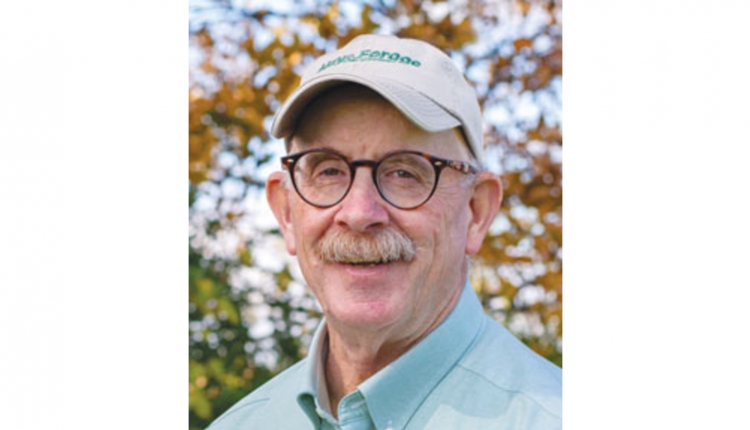
This farmer, like others at the meeting who nodded in agreement, was explaining why his alfalfa acres were on the decline in recent years. “I like to grow and feed alfalfa, I just can’t depend on it,” he added.
Challenge defined.
So, who’s to blame that alfalfa isn’t “dependable?” In some respects, it’s nobody’s fault; in others, it’s everybody’s fault.
Alfalfa, like most plants, is subject to the whims of Mother Nature. We can’t control long-term ice formation in winter and early spring other than to ensure adequate field drainage. When ice is prevalent, there’s a good chance that alfalfa will suffer in the same way corn will suffer from a long-term drought. It’s nobody’s fault, but stress tolerance will need to remain a mainstay of alfalfa variety development.
Although environmental conditions can sometimes challenge the survivability of alfalfa, our industry does not always put alfalfa in a position to weather the challenging storms — to be dependable. All of us are to blame, including farmers, agronomists, nutritionists, marketers, and plant breeders. Nobody, including myself, gets a pass on this one.
The bar for high-quality alfalfa has been continually raised. I remember the days when it was a struggle to get farmers to target a 150 relative feed value (RFV). As the years passed and relative forage quality (RFQ) entered the picture, we pushed toward 180 RFQ and even higher.
The need for higher quality forage was understandable. Overall, more alfalfa was fed then compared to now. Fiber digestibility was strongly correlated with milk production, as were a nutritionist’s perceived worth and a farmer’s milk check.
To achieve the desired level of forage quality, cutting intervals were dramatically shortened. Sometimes, an extra cutting was realized. Short-term forage yields were not severely impacted, but something else was . . . the ability of the plant to persist. We have long known the relationship between cutting intensity and stand longevity. It exists even in the best of weather conditions, but it can be more pronounced when Mother Nature gets a little cranky.
Intensive cutting schedules resulted in high-quality forage but also came with an agronomic cost. Plants became more prone to winter injury and/or a shortened stand life. Enter more corn silage.
There is some irony to all of this.
As dairy farmers feed more corn silage and less alfalfa, the importance of super high-quality alfalfa declines. The difference between 150 RFQ and 190 RFQ becomes less apparent in the bulk tank, if it’s apparent at all. In fact, the 150 RFQ alfalfa may be the better play both nutritionally and agronomically. So, the reason why many farmers are feeding less alfalfa — a lack of dependability — may actually allow for cutting schedules that should make it more dependable.
We must continue to invest research dollars into alfalfa varieties that truly have improved fiber digestibility. The importance may not necessarily be so that we can harvest even higher quality forage, but rather so that plant regrowth periods could be extended while still harvesting acceptable forage quality for high milk production. At the same time, alfalfa is made less vulnerable to adverse environmental conditions.
Let’s not blame alfalfa’s undependability all on the nutritionists and their zeal for rocket-fuel alfalfa. There are a host of other factors that weaken alfalfa’s survivability immune system. These include a lack of adequate soil fertility, insufficient attention to insect pest damage, seeding inferior alfalfa varieties, and battering stands with heavy equipment, especially semitrucks and trailers with highway tires.
Maybe alfalfa’s “dependability” problem can’t be fixed. But maybe it can. We have had precious little research using modern alfalfa varieties to assess the importance of all the factors discussed here. Hopefully, that will change. We can make alfalfa more dependable; it’s just going to take a unified effort on behalf of all parties involved. At least some of what is happening isn’t “winterkill” but rather “peoplekill.”
This article appeared in the November 2020 issue of Hay & Forage Grower on page 4.
Not a subscriber? Click to get the print magazine.

